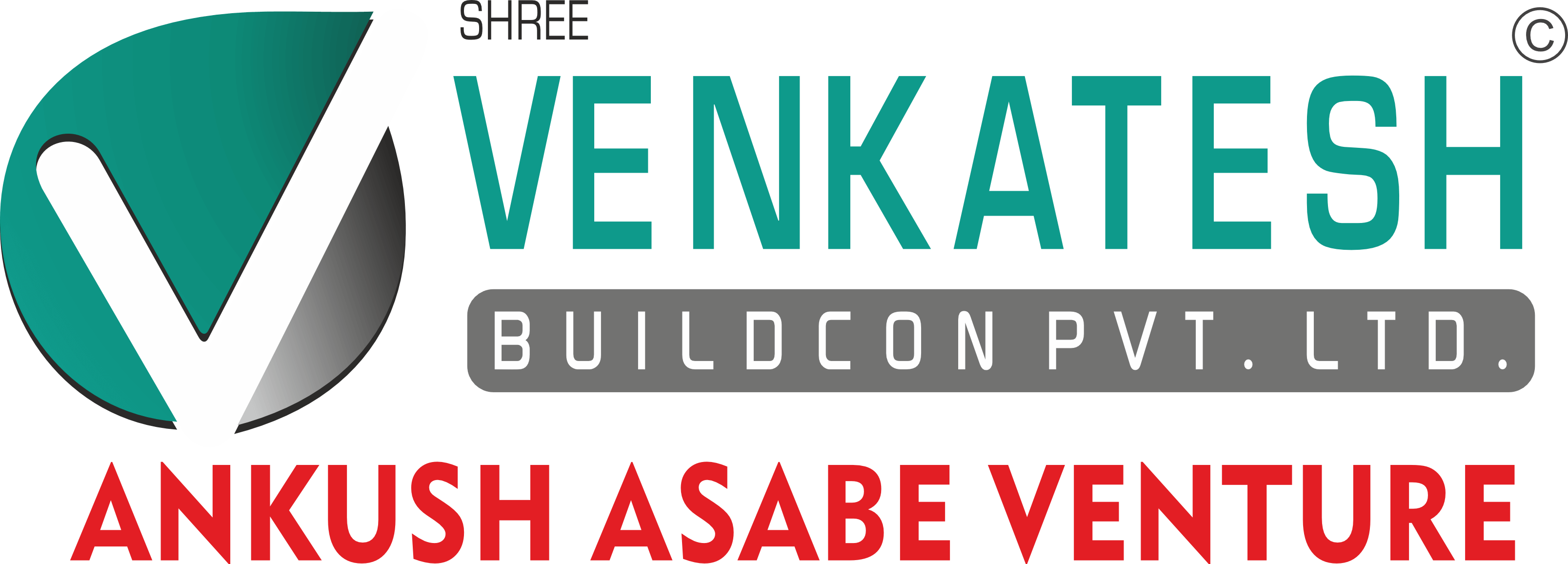home loan to get your dream house
Having your own nameplate on the door of your house has a charm of its own. It’s a feeling that everyone wants to experience once in their lifetime. A long time ago, owning a house was considered a luxury which only a lucky few could afford but not anymore, all thanks to the modern banks and the home loans they provide.
If you’re also one of those in the nascent stages of zeroing in on your dream house, congratulations, you have chosen the right time. The Reserve Bank of India (RBI) had recently cut the benchmark repo rate by 25 basis points to 6.5 per cent, a move that is expected to make home loans cheaper as banks will now have to lower their base rates.
Once you pass the hurdle of choosing the perfect house in the perfect neighbourhood in your perfect price range, the next challenge starring in your face is choosing the perfect home loan from the vast variety of banks offering the same.
For people still dwindling with how, when and why verticals of applying for a home loan, here’s a step by step guide of how to do it.
1. Home loan Application :- This is the first step towards making your house dream a reality. One can get a home loan application form from any bank office or download it online from the bank’s website. Once you have received the application, dully fill the form and attach all the documents asked like ID proof, Address proof, Income proof, and bank balance statement etc. After this is done, submit the form back to the bank.
2. Face-to-face discussion with the bank :- After your application is duly filled and submitted, the next step involves the bank calling the applicant for a one-on-one chat to decide on the application, evaluate all the papers submitted and then decide on the payment capacity and loan amount.
3. Investigation by the Bank :- After the discussion, the bank will send a qualified bank employee for an on-field verification of all the documents submitted and claims made in the application. They will also cross check the references mentioned by the applicant in the application. After this, the bank will verify the applicant’s repayment capacity and if it is found satisfactory, the loan will be sanctioned.
4. Offer Letter :- After the sanctioning of the loan, the bank sends an official letter to the loan applicant stating all the details regarding the loan like amount sanctioned, interest rate and loan tenure etc.
5. Legal documents submission :- Nowadays, most of the banks require the submission of all the legal documents related to the property for which the loan is applied. The bank then performa a legal check on these documents and detains them till the applicant repays the loan amount.
6. Technical valuation of property :- After the legal check of the documents submitted, some banks also go in for a on-site technical valuation of the property so as to make sure that the property is viable and at par with the valuation standards.
7. Registration and Signing :- After all the above six steps are dully completed, the bank starts with the registration process. The home loan papers are legally prepared on stamp papers by the bank lawyer and the applicant signs the loan agreement and submits it back to the bank along with the post dated cheques.
8. Loan Disbursal :- After the registration and signing process is completed, the bank disburses the loan amount based on the agreed terms of disbursal.
For the eligibility criteria, different banks have different criteria for different kinds of people. For example, banks have different criteria for salaried employees, a different set of criteria for professionals like doctors, engineers etc. and different set of criteria for self-employed people. For people wondering how much loan amount they’re eligible for, there are various sites like Cibil.com (https://www.cibil.com/loan-calculator), bankbazaar.com (https://www.bankbazaar.com/sbi-home-loan.html) etc. where they can calculate their loan amount, EMI payments based on their monthly income.
In order to make the process less cumbersome for home buyers, some builders even have pre-mediated home loan deals with several banks. Such loans are easier and faster to avail as the bank is already aware about the project and its valuation potential.
 Residential
Residential
 Ongoing
Ongoing
 Completed
Completed Upcoming
Upcoming Commercial
Commercial





